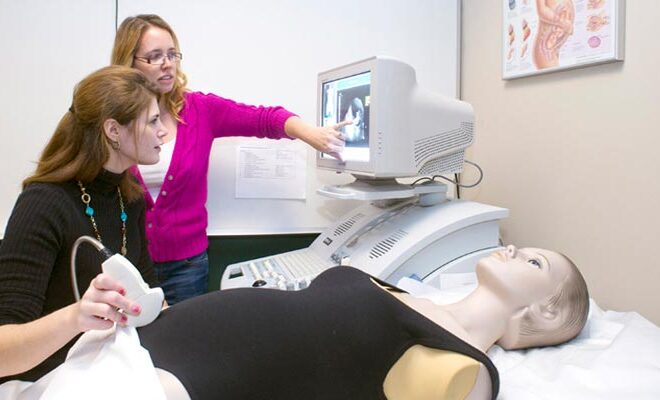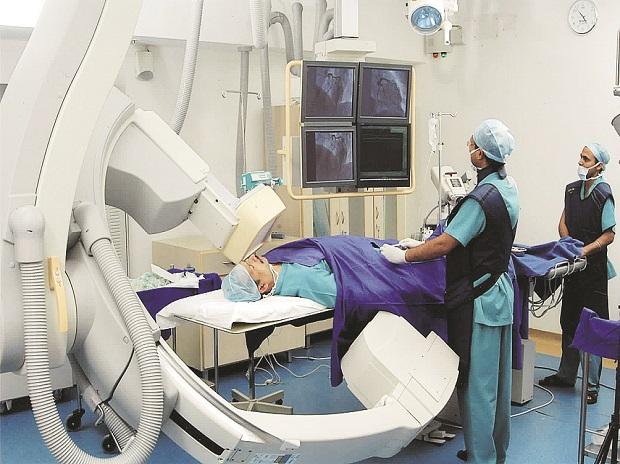How long does it take to Recover from Total Elbow Replacement?

Total elbow replacement is a surgical procedure that involves replacing the damaged portions of the humerus and ulna with artificial components. This artificial joint consists of a metal and plastic hinge and two metal stems that securely fit within the bone’s canal.
The surgery is typically recommended for individuals experiencing severe elbow joint damage, resulting in persistent pain or limited arm mobility. Various conditions may necessitate elbow replacement treatment including but not limited to
- Osteoarthritis
- Unsatisfactory results from previous elbow surgery
- Rheumatoid arthritis
- Severe fractures near the elbow
- Extensive tissue damage
- Elbow tumours, or
- A stiff elbow
Elbow replacement aims to alleviate pain, and restore function. It is also done to enhance the quality of life for affected individuals.
What is the Recovery Like after Total Elbow Replacement?
Many people ask, how long does it take to recover from total elbow replacement? We get it; owing to the nature of the procedure, the recovery may seem long and complicated. Here’s what you need to know;
The recovery process following total elbow replacement surgery typically spans approximately three months. During this time, you should experience two key changes;
- A significant reduction in elbow pain and
- An improved mobility and functionality.
To ensure a successful recovery, please adhere to your doctor’s instructions. They may advise you to avoid certain activities like;
- Sudden jerking movements
- Using your shoulder a lot
- Heavy lifting
- Supporting body weight using the hand on the side where the procedure was done
- Contact sports
These restrictions are used as a precaution against potential damage to your elbow or the implant. Please stay vigilant and monitor your progress after your shoulder replacement surgery.
And be sure to contact your doctor promptly if you notice any concerning symptoms. Some of the symptoms that may warrant a check-up by your orthopaedic surgeon include;
- Bleeding
- Redness
- Warmth, or
- Drainage at the incision site
- A fever exceeding 101 degrees Fahrenheit without any other apparent symptoms
These symptoms may indicate an infection. Importantly, inform your doctor if you experience a sensation of dislocation or looseness in the new joint or if you develop.
During recovery, your doctor may recommend physical therapy to facilitate healing and optimize elbow function. Physical therapy exercises are designed for three important purposes;
- To enhance your range of motion
- Strengthen the surrounding muscles, and
- To restore flexibility
Again, to achieve the best possible outcome, be sure to diligently follow the prescribed physical therapy regimen. And attend all scheduled sessions.
It is important to note that the recovery process is unique to each individual. Factors like your overall health, adherence to post-operative instructions, and commitment to rehabilitation can influence the pace and success of your recovery.
Patience and dedication are key during this period, as gradual progress is expected. Throughout the recovery phase, maintain open communication with your healthcare team.
They can provide guidance, and address any concerns as they arise. Importantly, they can also help you make the necessary adjustments to your treatment plan based on your progress.
Are Elbow Replacements Successful?
Elbow joint replacement surgery, while less common compared to knee, hip, or shoulder replacements, is equally successful in relieving joint pain and restoring individuals to their daily activities.
The procedure has been proven to be effective in improving the quality of life for patients with debilitating elbow conditions. Now, elbow replacement surgeries are generally successful. However, it is important to acknowledge that there are potential risks and complications associated with the procedure.
It is quite rare but it is possible that the surgery may not completely alleviate pain. It may also not completely restore full joint movement and strength.
And in extreme cases, additional surgeries may be required to address these issues. Here are some of the most notable risks a good orthopaedic surgeon will want you to know about this procedure before consenting to it;
- Implant loosening: Now, the elbow replacement components are durable. However, they can still loosen or wear out over time. If this occurs, a follow-up surgery may be necessary. This may be recommended to replace the loosened components, and ensure the continued functionality of the artificial joint.
- Fractures: You may also experience fractures in the bones of your elbow joint during or after surgery. This risk is present, albeit relatively uncommon. Surgeons take precautions to minimize the likelihood of fractures. If for any reasons you experience fractures, you may require further treatment or additional surgical intervention.
- Nerve damage: This is another potential complication that can arise from elbow replacement surgery. Nerves near the implant placement area can be injured. This may lead to uncomfortable symptoms like numbness, weakness, and pain. Again, even though nerve damage is a possibility, it is important to note that these occurrences are relatively rare.
- Infection: First things first; infection is a risk that comes with any surgical procedure. So, really a total elbow replacement is no exception. Infections can develop at the incision site. They may also develop in the deeper tissues. When an infection occurs, prompt medical attention and treatment is necessary. Surgery may also be required to address the infection and prevent further complications effectively.
What to Expect before a Total Shoulder Replacement
Before undergoing a Total Elbow Replacement, there are several steps you can expect in the process. Here’s a roundup of the two key ones:
- A thorough Assessment: First, you’ll have an evaluation session with your surgeon. During this meeting, your surgeon will review your symptoms. They may also conduct a thorough physical examination and X-rays of your elbow. In some cases, a computerized tomography (CT) scan might be needed to provide a detailed view of your elbow joint.
- Preparation Guidelines: Your surgeon and their team will provide specific guidelines for your preparation. This will be regarding aspects like bathing, eating, and the medications you should take on the day before and the day of the surgery. Carefully follow these instructions. Adhering to these instructions will help ensure a smooth and successful surgical procedure.
The Bottom Line
The recovery after a total elbow replacement isn’t as complicated or as long as it may sound. The key to a smooth and faster recovery is following your doctor’s recommendations.
Also, don’t forget to engage in physical therapy, and stay vigilant for any potential complications to increase the likelihood of a smooth recovery. After all, the goal of the procedure is to alleviate your pain, enhance elbow function, and restore your quality of life.
To talk with a specialist on total elbow replacement in Singapore, please contact us to schedule a consultation. Call or visit us at:
Artisan Sports & Orthopaedics Surgery
290 Orchard Road,
Paragon Medical Centre #07-12,
Singapore 238859










